On assignment as an NGO videographer for UNICEF in Stung Treng
I’d worked as an NGO videographer on a Generation Future video for UNICEF a couple of years ago, so it’s always good to get the call to come back and make a follow up video to show how the programme has progressed / evolved.
We filmed the last video in Siem Reap Province. This time the location was Stung Treng Province with a focus on female empowerment and getting more girls involved in STEM subjects (Science, technology, engineering, and mathematics.
This area where girls are underrepresented. They can also face barriers when trying to study STEM subjects.
Four Generation Future projects, Code for Girls, Cyclo Day, Meakea and RULErs, ran workshops to recruit and train 48 student volunteers from 4 schools in Stung Treng Province. All the groups featured female trainers and female student volunteers.
‘Code For Girls is a project that encourages girls to learn about coding and engineering,
which are both STEM subjects,’ says Sereny, the Code for Girls project leader.
‘We want them to use coding and 3D printing to come up with solutions to solve everyday problems,’ she adds.
‘I really enjoyed learning how to draw 2D and 3D models. I’ve never done this before,’ says Sovy, one of the student volunteers.
‘I've learnt a lot of new skills and gained a lot of new knowledge,’ she adds.
‘I’d like to see all Cambodian girls being confident and assured in the decisions they make,’ she concludes, which is a sentiment we can all agree with.
It was great working with the future generation of trainers and volunteers. Living in a country with such a young demographic, it’s essential that the younger generation, especially girls, learn leaderships skills and demand a voice in the decision-making process.
You can see the last video I made for Genreation Future here and more examples of my NGO videography work here.
Please don’t hesitate to get in touch if you have an NGO videography you would like to discuss.
In the Field - NGO Photography for FELM's Mushroom Cultivation Initiative, Ratanikiri, Cambodia
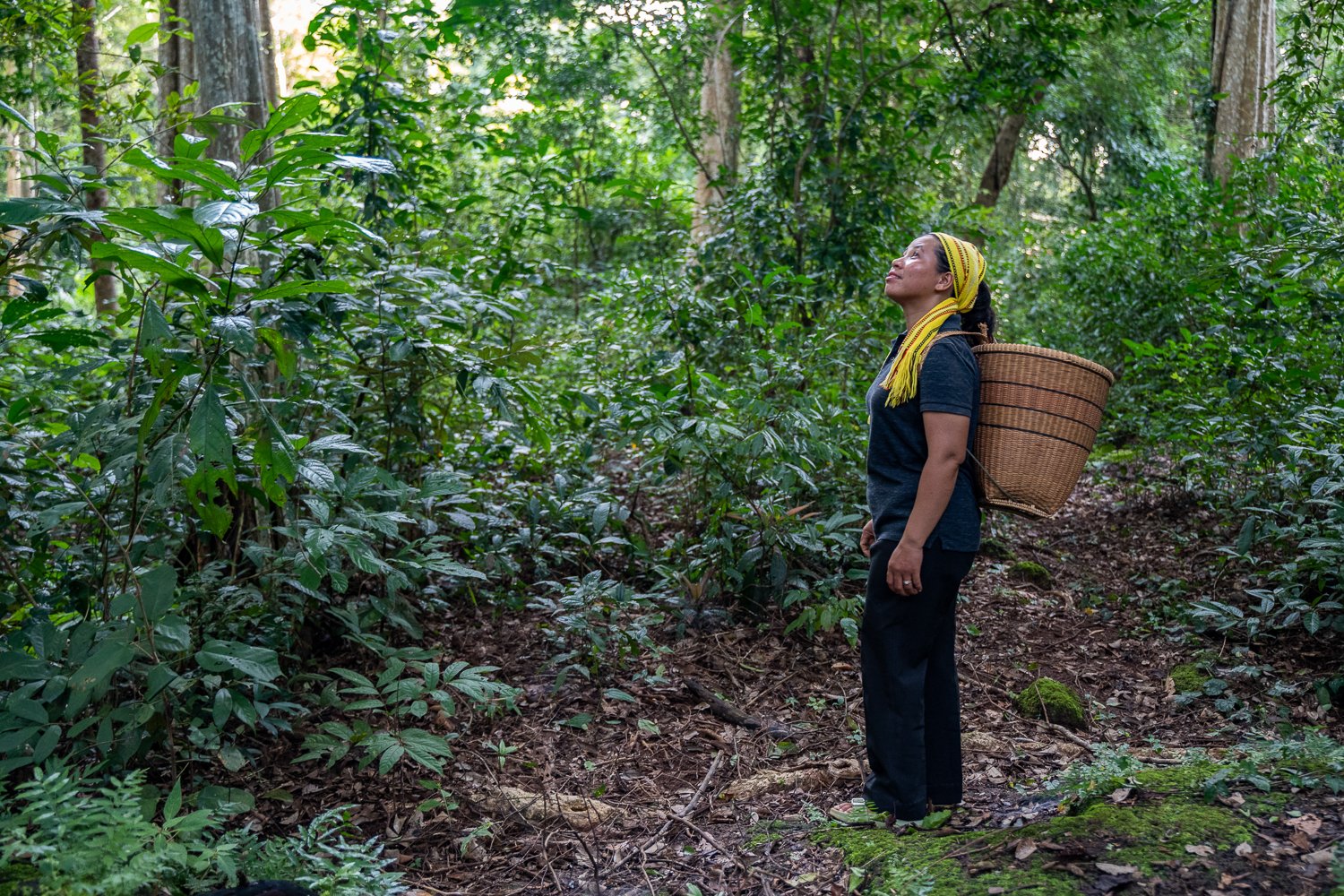
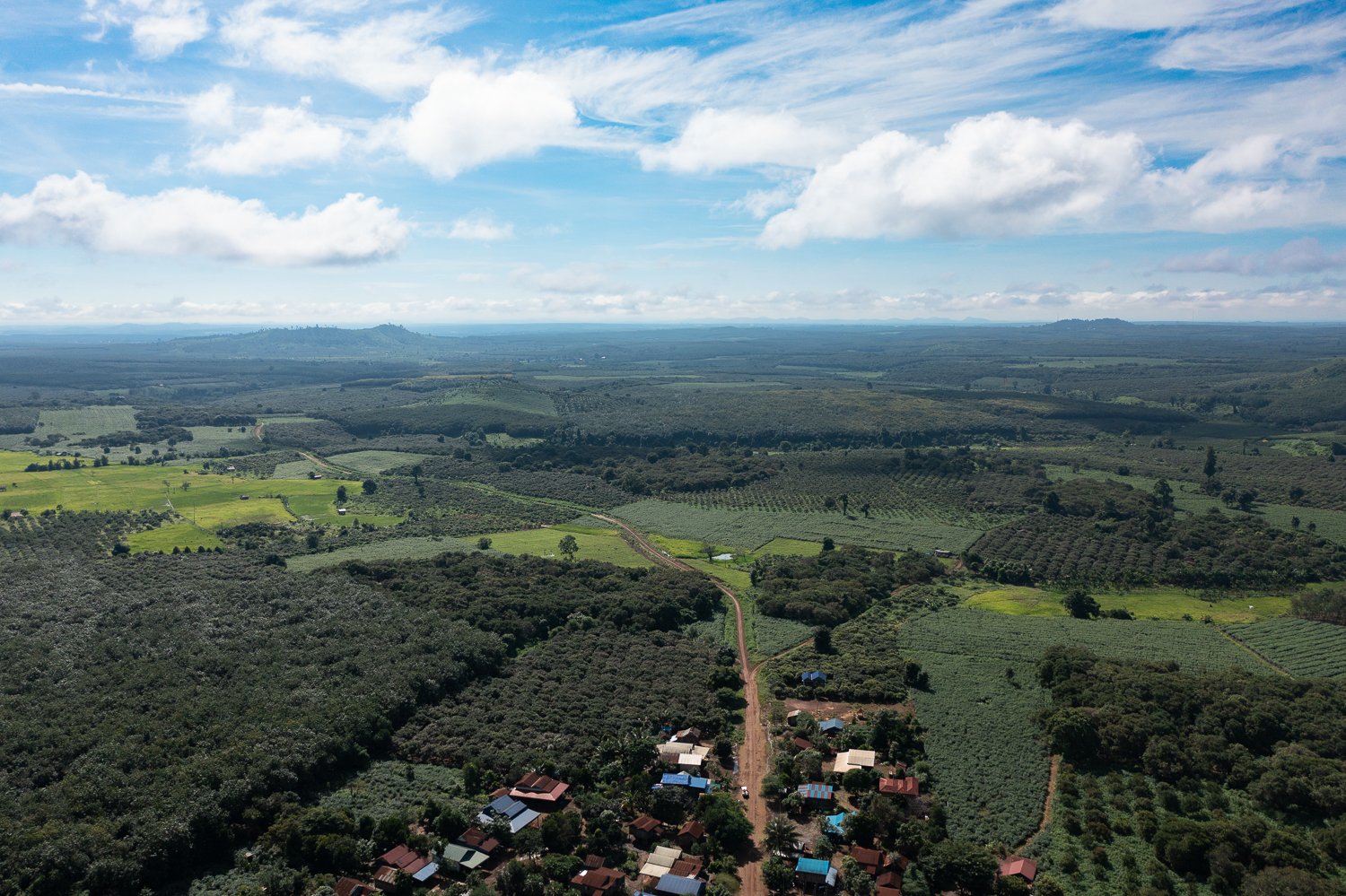

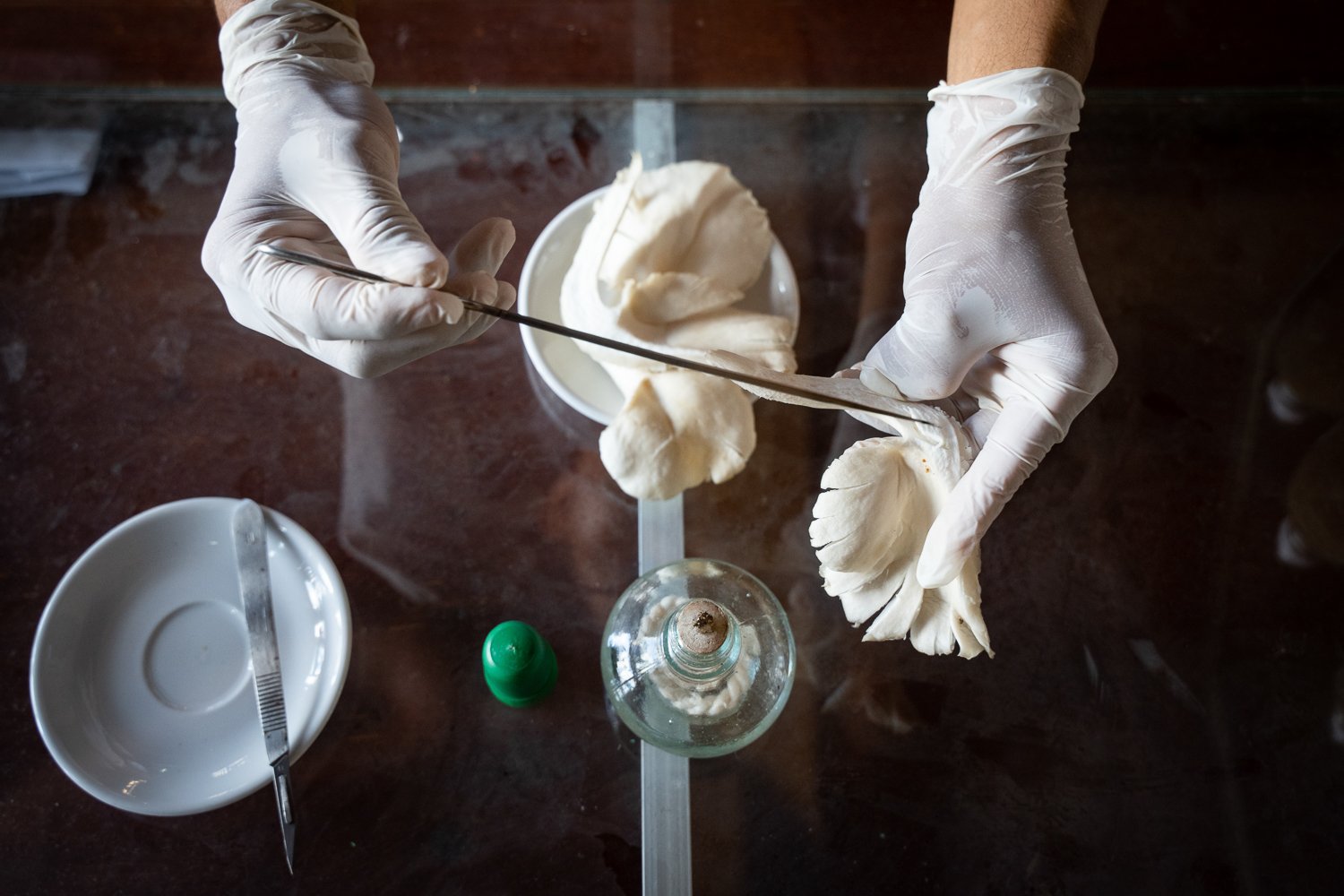
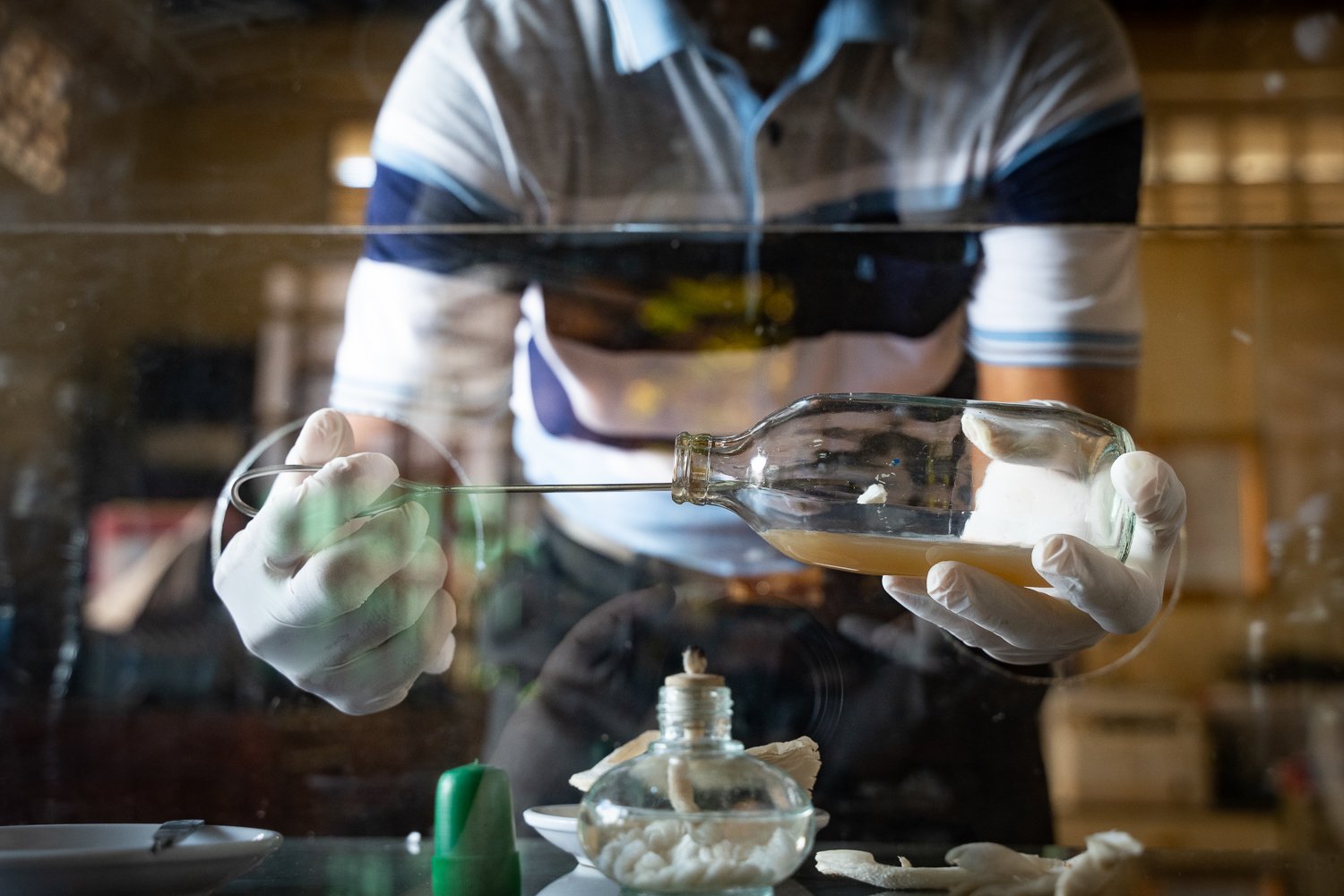

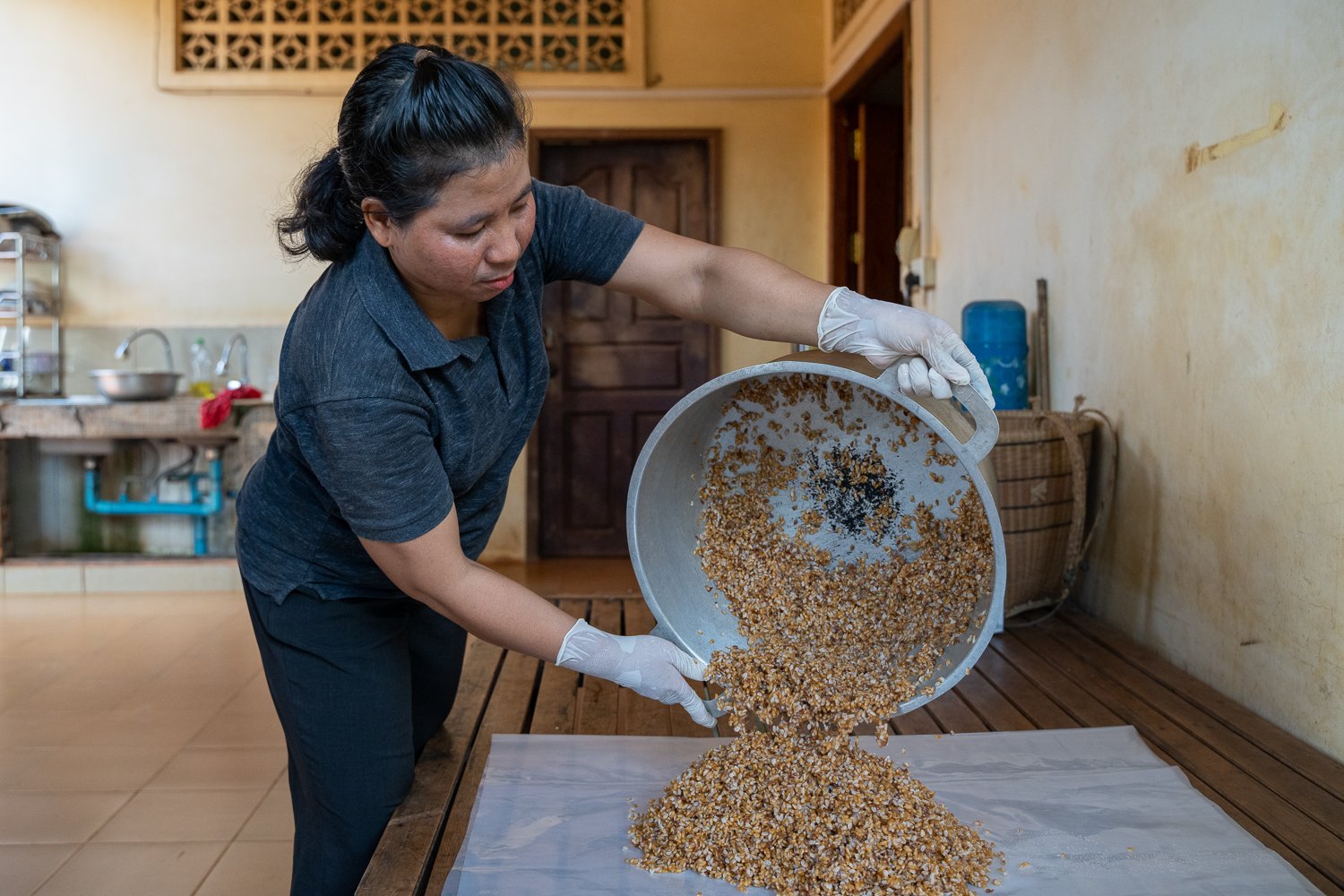
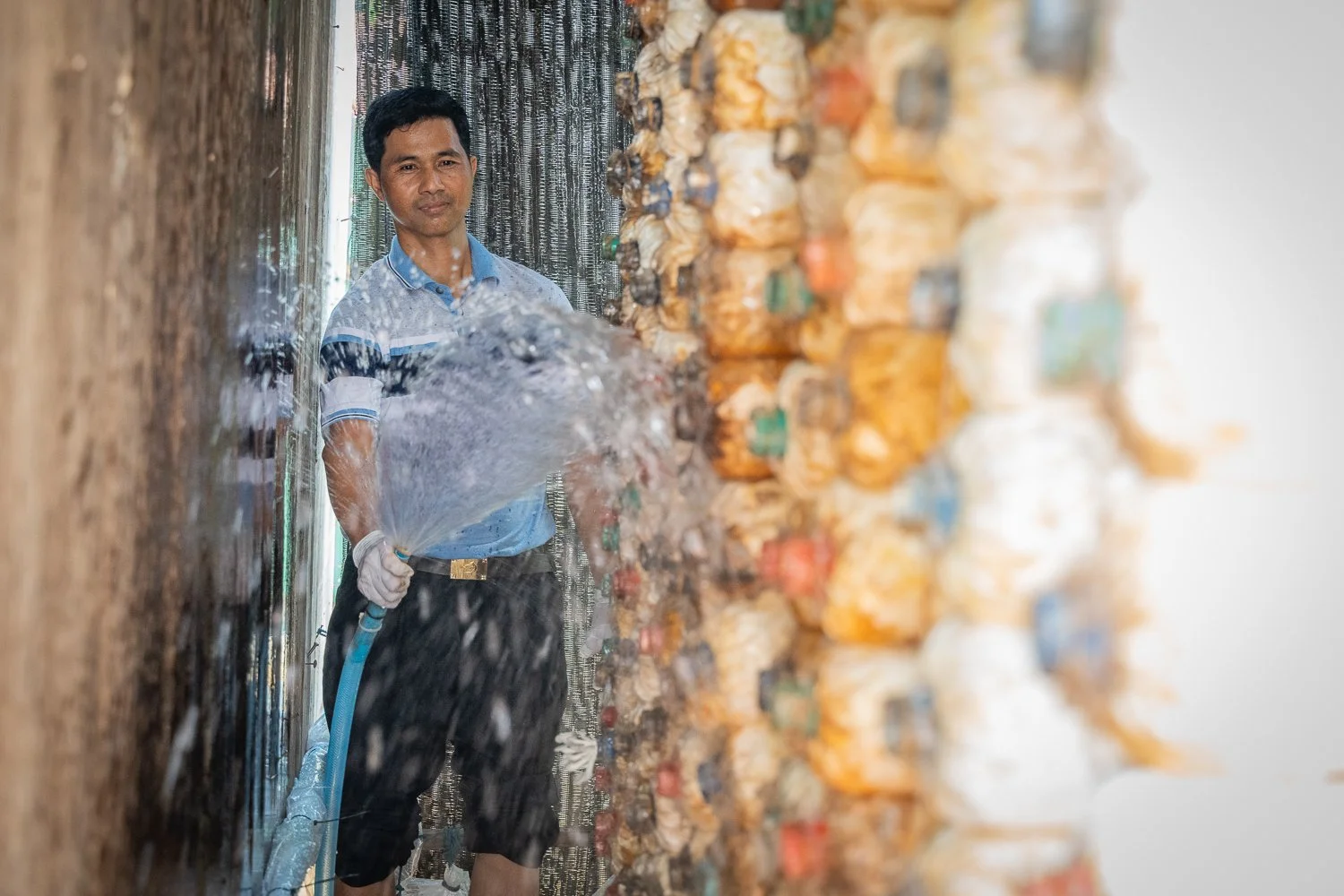
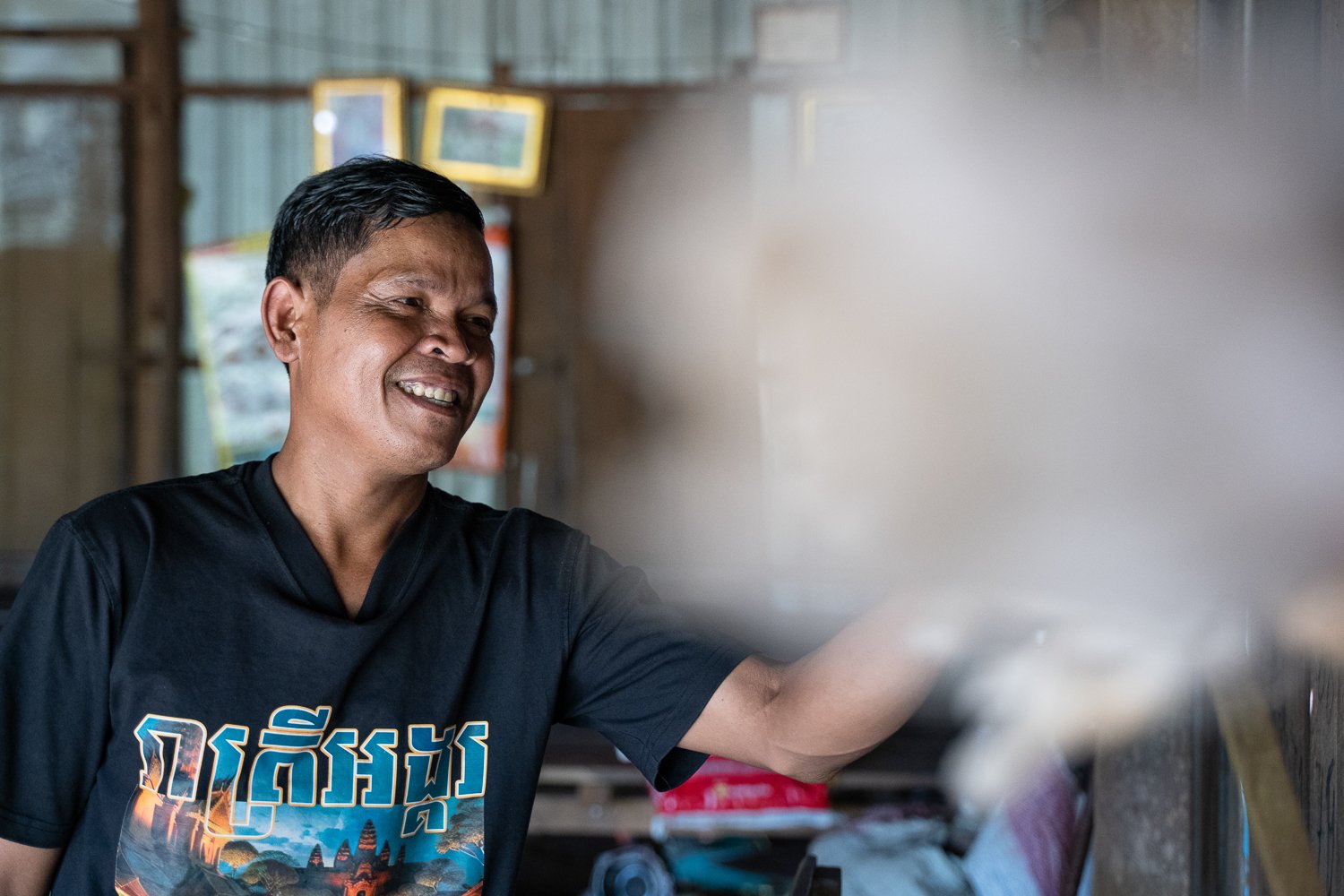
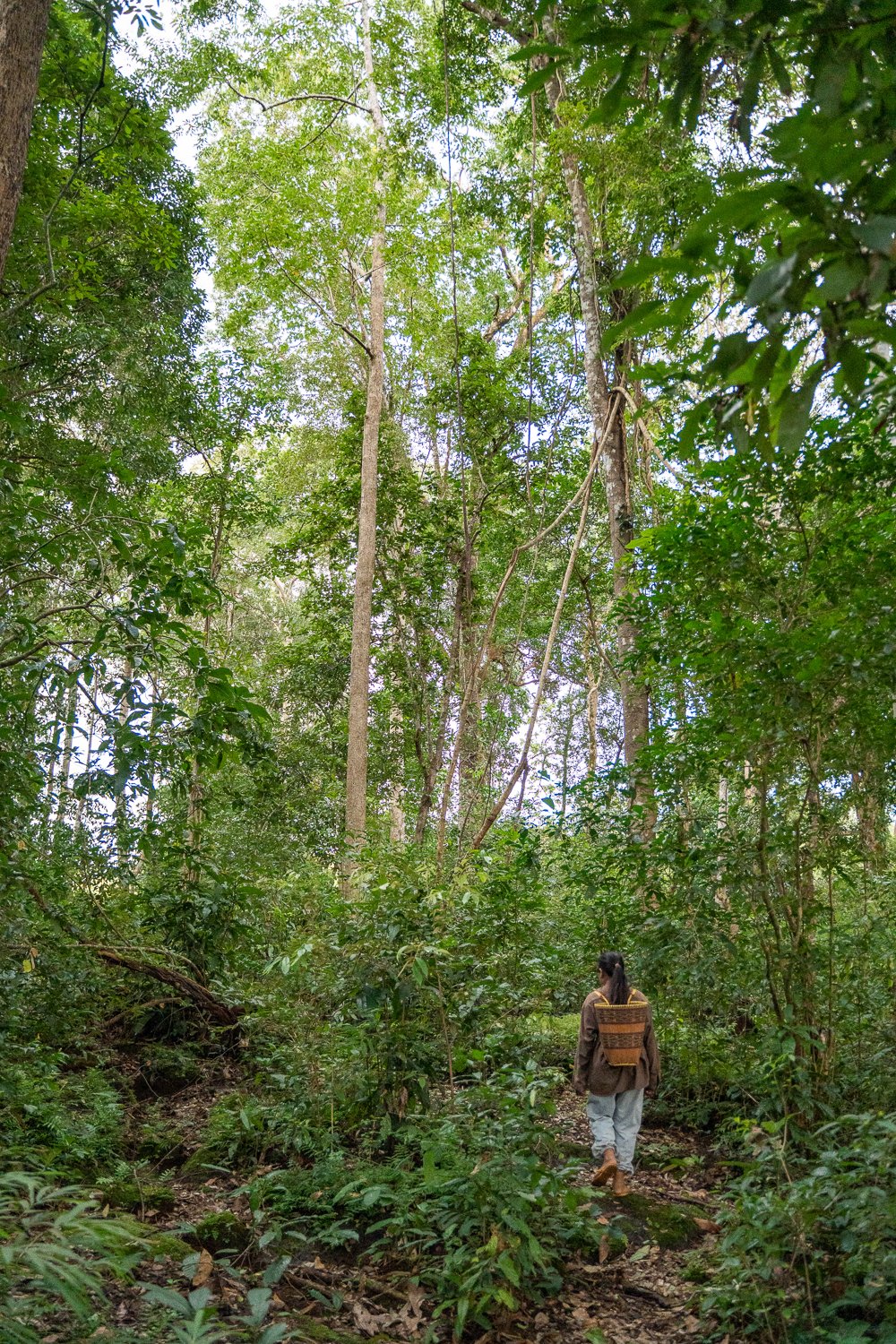
Spending time in the forests of Ratanikiri bought back memories of the extended periods I spent in the forests of Mondulkiri for Last of the Elephant Men.
Then I was working as a director, camera operator and Steadicam operator, this time I’d been assigned as an NGO photographer to document FELM’s mushroom cultivation programme.
FELM, a Finnish NGO, identify partners in the countries they work in and supports them in implementing their projects.
The implementing partner for this one is Integral Cooperation Cambodia, a Phnom Penh based NGO with an office in Banlung.
I arrived at their office to photograph the mushroom cultivation process.
I’m not entirely clear on all the steps, but Nin Samreth, the team leader on the Climate Resilient and Sustainable Indigenous Livelihoods-project, led me through the process while I took photographs of the process and portraits.
Sorl Nhoy, a project officer on the Climate Resilient and Sustainable Indigenous Livelihoods-project, also lent a helping hand. She showed me various parts of the process while I got on with my work as an NGO photographer.
Essentially, they put mushroom culture into sterilised bottles full of straw. The mushrooms then propagate before they can be transported to indigenous communities where they grow them in wall gardens.
After seeing the process at the office, we took a short ride out of town where I photographed Pun Savy at his house where he grows mushrooms.
The visit was rounded off with Pun Sayy taking a basket of mushroom round to his neighbour’s house where they prepared soup.
It’s increasingly important for indigenous people to have alternative food sources as the land they have to farm is getting smaller and climate change is making food production increasingly unpredictable.
You can see other examples of the NGO photography work here.
Working as an NGO Photographer Covering Leprosy Elimination for WHO in Cambodia







After a successful collaboration with WHO last year, it was great to be asked to work as a documentary photographer to produce another photo essay as part of their People of the Western Pacific Series.
The brief was to produce 25 photos to tell the story of Visal and the invaluable work that he does in eliminating leprosy from Cambodia.
Visal works for the National Center for Tuberculosis and Leprosy Control, under the Ministry of Health, and has been instrumental in implementing the National Programme for Leprosy Elimination.
Visal is dedicated and passionate about his work and even faced discrimination from his own family. They asked him not to visit his home town before he educated them about how easily treatable the disease is.
I spent a day taking photos of Visal as he worked in the community.
I photographed Visal conducting a training session, speaking to the local health authorities to explain their activities and conducting screening in the community.
At the end of the day, we visited a couple who both had leprosy and suffered disabilities as a result.
Visal’s work has helped to reduce the stigma within their community and he’s helped them to establish a chicken husbandry business that helps them to be financially independent.
Visal has also been instrumental in establishing networks using social media to help identify new cases. This has been very effective, particularly when working with people from remote areas, which is where most new cases are detected.
Leprosy is easily treatable and can be eliminated from Cambodia.
Due to the hard work of people like Visal, there are very few new leprosy cases in Cambodia and by educating people, their work has helped to reduce the stigma.
I wish them luck in achieving their goal.
You can see more of my photography work for WHO here. Please don’t hesitate to get in touch if you have any NGO photography projects you would like to discuss.
On Assignment for WHO - Directing 4 Videos About their Social Prescribing Campaign
I was commissioned by the WHO Western Pacific Regional Office to direct 4 videos about their Social Prescribing for Healthy Aging programme in Cambodia to form part of their training toolkit. The toolkit provides implementing partners with an overview of the best practices of how implement social prescribing at the community level.
The Social Prescribing for Healthy Aging programme is a way for healthcare workers to connect people to a range of non-clinical services in the community and to help the elderly not feel anxiety, loneliness or depression.
The toolkit is designed for policy makers and community health centres to help them run effective social prescribing schemes.
The brief was to make 4 videos to highlight the key aspects of successfully implementing social prescribing schemes.
The first video (above) features Dr Kao Sovandara, a lecturer at The Royal University of Phnom Penh and part of the lead team implementing social prescribing in Cambodia. He gives an overview of the programme, the training they provide and how that works at a grassroots level.
The second video features Yem Sameoun, who is a commune councillor responsible for running the scheme in her community. She talks about the training she receives, the work she does in the community and the positive outcomes.
The third video features Nget Krin, an elderly community member. She talks about the situation she faces, the support she receives and how that makes her feel.
The fourth video features Dr Khan Sareth, a lecturer at The Royal University of Phnom Penh and part of the lead team implementing social prescribing in Cambodia. He gives an overview of what they’ve achieved and reflects on how the scheme can be improved in the future.
While the project is intrinsically nebulous in nature, I hope it can have an impact in Cambodia, regionally and in the rest of the world. As the world’s population is aging, it’s increasingly important to make sure everyone feels included within their communities.
Working in the field as a cameraperson for the NGO United World Schools
It was great to see some of the footage I shot while working as a cameraperson for the NGO United World Schools (UWS) used as part of their Girls Will Be Girls campaign. I took the images when on assignment for Arete Stories.
It was a cool initiative where the UK government matched any donations made by the public so that more girls living in remote jungle areas around the world can benefit from a good education.
Seeing the video brought back fond memories of the week I spent working as a cameraperson in Preah Vihear and Ratinikiri, both remote provinces in northern Cambodia. We visited a village where UWS were building schools right up on the Laos border, and got to see one of their schools in action in a remote village in Ratanikiri. It was a particularly memorable experience travelling up the Sasam River in a small boat through the verdant, tropical vistas.
You can see more examples of my work as a cameraperson for NGOs here and more about my trip with UWS here.
